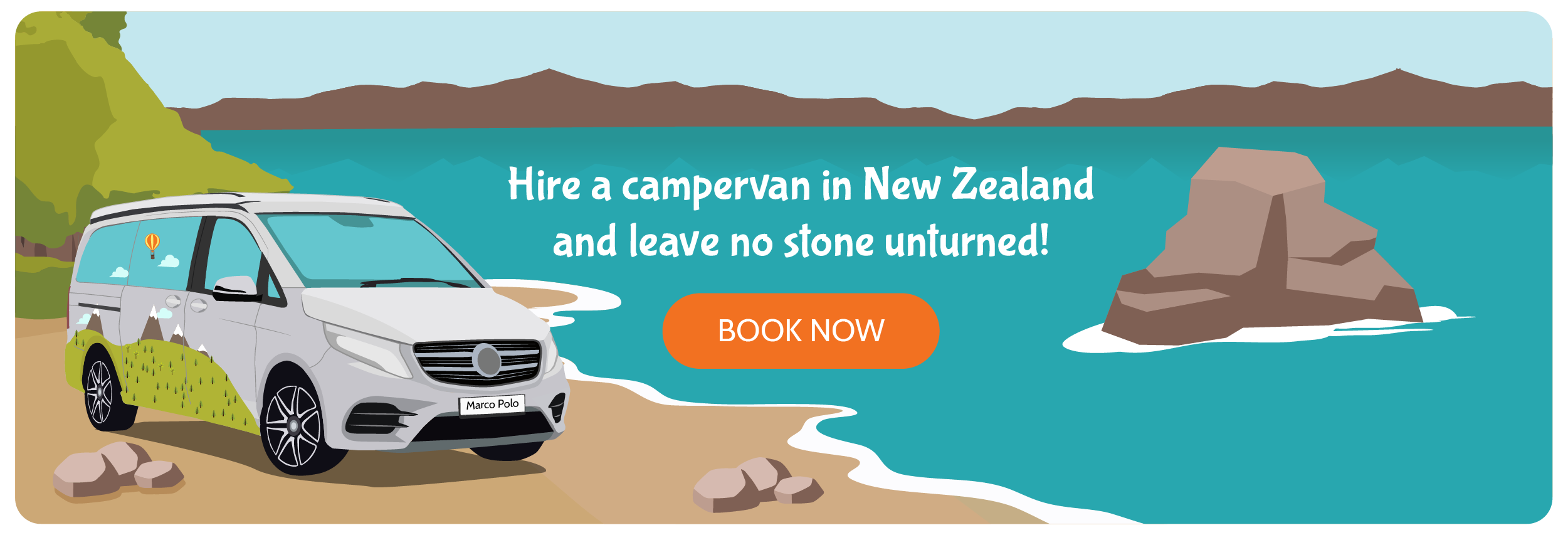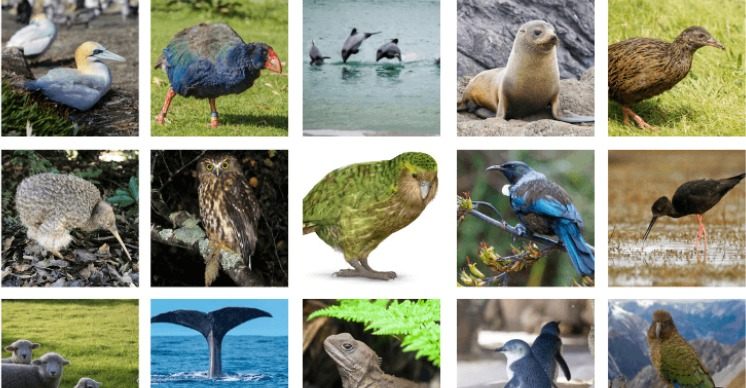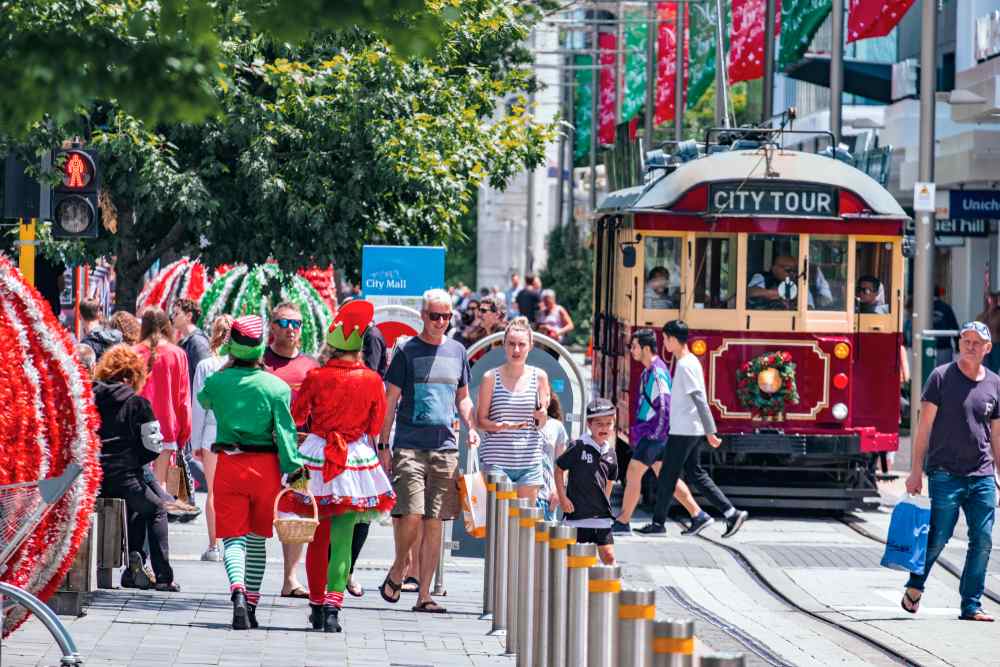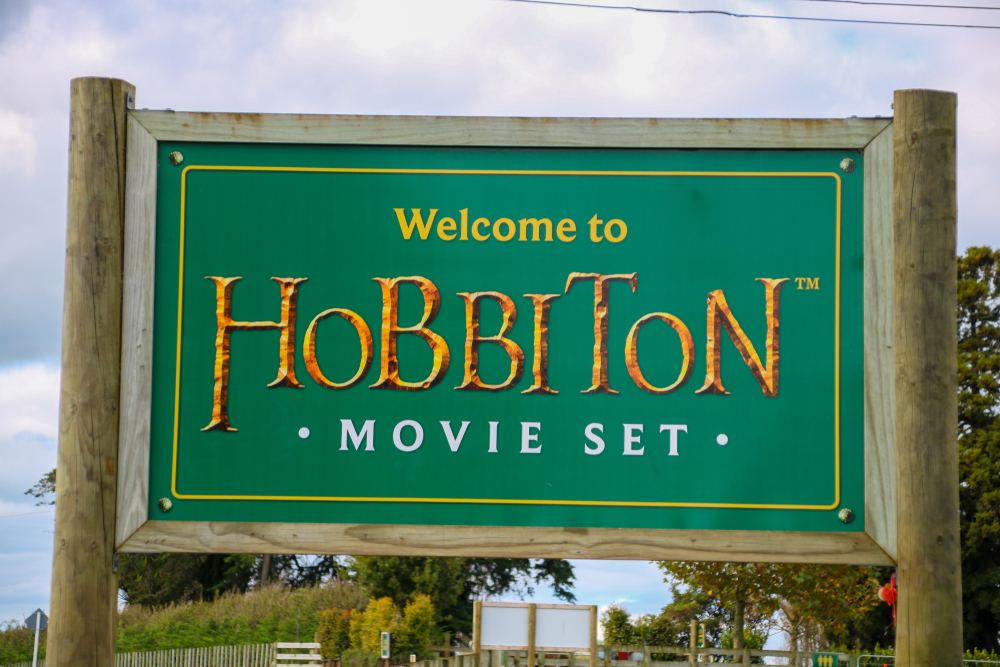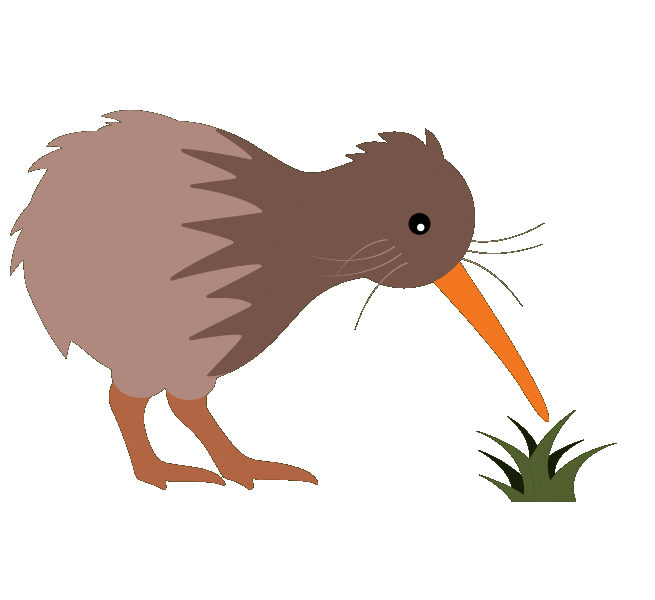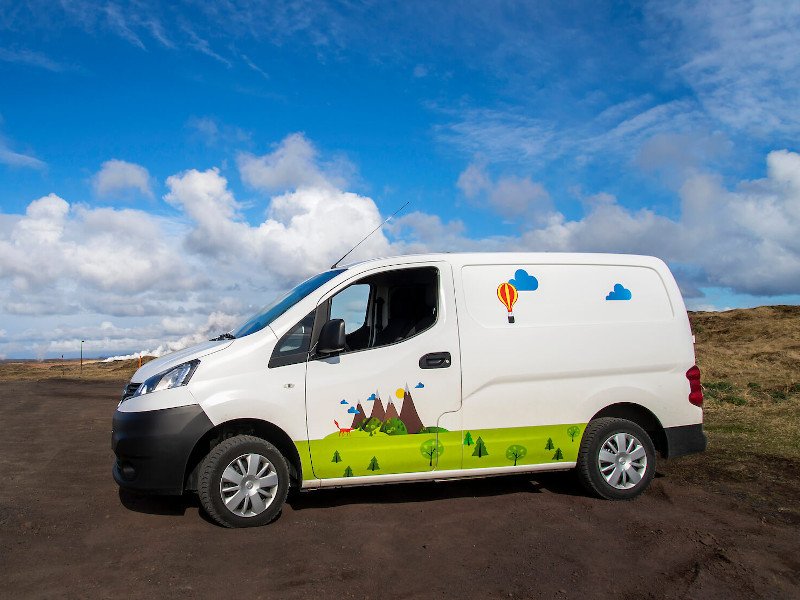When we think of New Zealand, our minds often wander to its breathtaking landscapes, unique wildlife, and the rich tapestry of cultures that call this island nation home. Among these, the Māori culture stands out, with its deep-rooted traditions and the beautiful Te Reo Māori language.
As travelers, understanding a bit of this language not only enriches our journey but also brings us closer to the heart of New Zealand. Let's dive into the world of Te Reo Māori and discover its beauty.
What is the Māori language?
Te Reo Māori, often simply referred to as Māori, is the native language of the Māori people of New Zealand. It's one of the country's three official languages, alongside English and New Zealand Sign Language. Historically, it was the predominant language spoken in New Zealand until the 19th century.
Today, efforts are being made to revitalize the language, with many schools offering courses and numerous resources available for those keen to learn Māori.

Useful Expressions in Te Reo Māori
How do you say hello in Te Reo Māori?
In New Zealand, the greeting "Kia ora" is ubiquitous. This Māori phrase is not only versatile but also deeply rooted in the country's cultural fabric. While primarily meaning 'hello', it can also convey sentiments like 'thank you' and 'cheers'. Its adaptability is evident when greeting groups; "Kia ora koutou" is the collective form, extending a warm hello to everyone present.
This greeting is more than just a word; it's an embodiment of New Zealand's spirit of camaraderie and unity.
- Hello - Kia ora
- Good morning - Mōrena
- Hello to one person - Tēnā koe
- Hello to two people - Kia ora/Tēna kōrua
- Hello everyone - Kia ora tātou/kia ora koutou
- Greetings to you (said to three or more people) - Tēnā koutou
- Welcome - Nau mai, haere mai
- How are you? - Kei te pēhea koe?
- Good - Kei te pai
- Really good - Tino pai

How do you say goodbye in Te Reo Māori?
Parting in Māori culture is as heartfelt as greetings. "Haere rā" is the traditional phrase for 'goodbye'. But, much like "Kia ora", its meaning can be fluid, depending on the situation and the emotion one wishes to convey.
It's a testament to the depth and richness of the Māori language, where context and nuance play pivotal roles.
How do you say thank you in Te Reo Māori?
Gratitude in the Māori culture is profound and is often expressed with "Kia ora" or "Tēnā koe" when addressing a single person. These phrases are more than mere words; they echo with genuine warmth, appreciation, and a deep sense of respect.
When you utter these words, you're not just thanking someone; you're acknowledging their essence and the shared bond between you.
- See you next time - Mā te wā
- Goodbye/farewell (said to someone leaving) - Haere rā
- Goodbye (said to someone staying) - Hei kona rā
- See you later - Ka kite anō
Pronunciation of Maori Language
For those unfamiliar, pronouncing Māori words might seem daunting initially. But, with dedication and a discerning ear, mastering it is within reach. The crux lies in understanding the unique phonetics. Each vowel and consonant has its distinct sound. A notable example is the 'wh' sound, often voiced as 'f'.
Additionally, the length of the vowel can alter the word's meaning, making it crucial to differentiate between long and short vowel sounds. Embracing these nuances will pave the way for a more authentic Māori linguistic experience.
First Step: Kia Ora!
Begin with "Kia ora!" In New Zealand, this Māori phrase serves multiple purposes: a hello, a thank you, and a gesture of goodwill. Originating from the native Māori tongue, "Kia ora" embodies warmth and unity, resonating across the nation.
What does kia ora mean?
Kia ora, pronounced as [k i ˈ a ɔ ɾ a] in Māori and approximated in English as KEE-ə-OR-ə, is a traditional Māori greeting. Adopted into New Zealand English, it means "be well" or "be alive", conveying wishes of health and vitality from one individual to another.
When should you say kia ora?
While "Kia ora" can be used in various contexts, it's most commonly used as a greeting. Whether you're entering a shop, meeting someone for the first time, or raising a toast, "Kia ora" fits perfectly. It's a phrase that's deeply embedded in the New Zealand culture, transcending beyond just the Māori community.

Where to Hear Te Reo Māori
New Zealand is brimming with opportunities to immerse oneself in the Māori language. From cultural performances, radio stations, to local gatherings, Te Reo Māori resonates in the air. For travelers, joining a Māori tour or visiting a Marae (a Māori meeting ground) can be an enriching experience.
Conclusion
Te Reo Māori is more than just a language; it's a bridge to understanding the rich history and vibrant culture of New Zealand. As travelers, every phrase we learn and use brings us a step closer to the soul of this beautiful land.
So, the next time you find yourself in New Zealand, remember to greet with a warm "Kia ora" and immerse yourself in the melodies of Te Reo Māori.

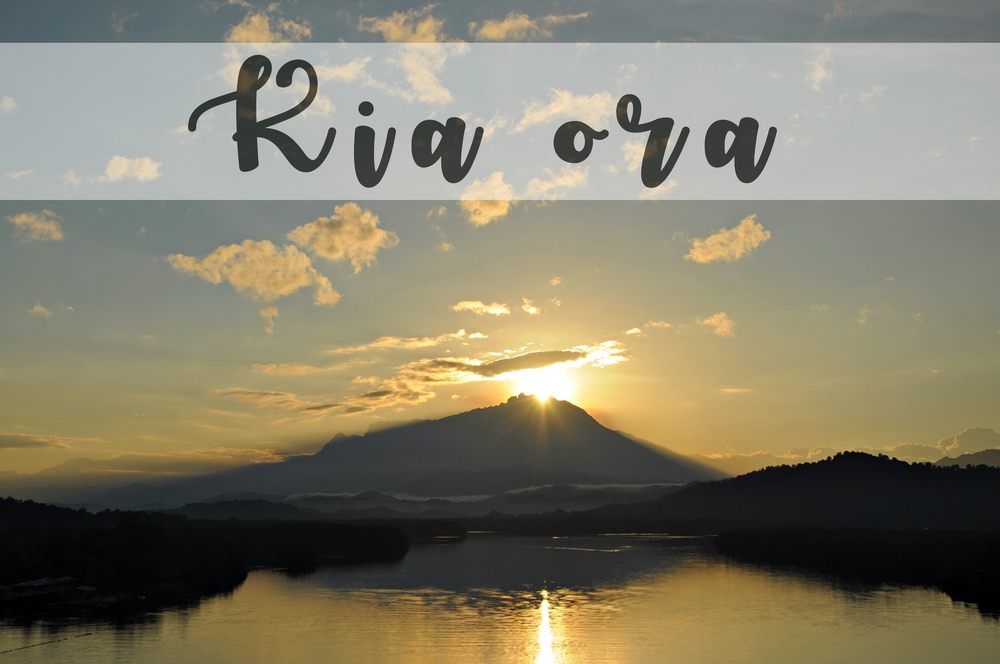
 By
By


